World Cultural Events December 2018
MUSIC AND
PERFORMING ARTS
MUSIC AND PERFORMING ARTS
01 / 12 / 18
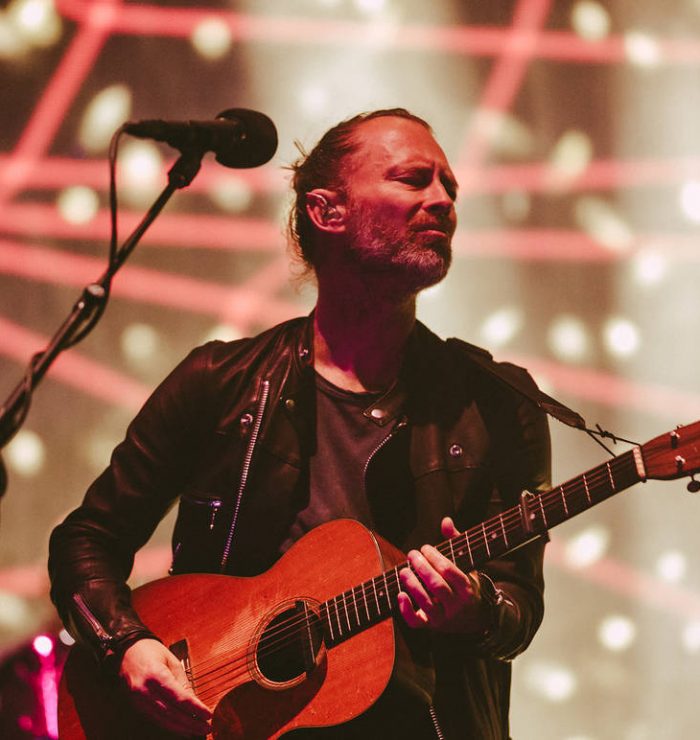
THOM YORKE
Los Angeles, December 19-20
The American tour of charismatic Thom Yorke, leader of Radiohead, takes him two days in a row to play in Los Angeles, in a highly mythic scenario, namely the Orpheum Theater. It is one of the oldest theatres in the area, and it transports the viewer to another time, specifically to the 20s. In this Deco environment, belonging to the arts’ Golden Age, Yorke will deepen in his most personal projects -few Radiohead songs will be heard, probably- with electronic sounds recreating atmospheres that can be expected absolutely contrasted with the stage. Many of the themes he will perform will be extracted from his album Tomorrow's Modern Boxes, as well as the oldest The Eraser. Works that move away from the path of rock, looking for complex and environmental sonorities, without many choruses to sing. In any case, the organizers of the event specify that Yorke’s voice, a political activist and defender of the environment, faces some of the most pressing issues of our time: "With a voice that pierces your very soul, an evening with Thom and his insights is not one you'll forget in a while”
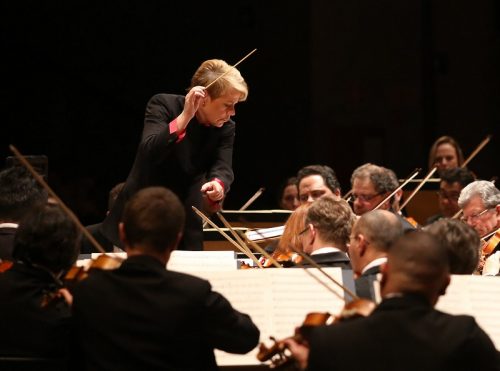
Gewandhausorchester, Marin Alsop
Leipzig, December 1, 20-22 and 20-30
Exciting month of December at the Leipzig Gewandhaus, which begins (the very first day) with a concert dedicated to Bernstein and Ravel. The renowned director Marin Alsop is in charge of one of the best orchestras of all time,
and Javier Perianes acts as soloist, to decant swing and colour in pieces that connect the world of classical and jazz. In an indifferent way, both genders are celebrated, showing, in short, that fun and seriousness can coexist with mutual benefit (the tension is increased aesthetically, inviting reflection with a smile, as in the case of the Candide operetta). But in addition to that event there are many others that deserve to be reviewed, such as the powerful concert directed by Andris Nelsons, focused on mature works by Wagner and Bruckner (fragments of Parsifal, and Bruckner’s Ninth, on 20th-22nd December). The current year will be closed with an intense concert, on 29th, 30th and 31st, Beethoven's Ninth symphony, with first class choirs and important soloists: Lucy Crowe, soprano, Violeta Urmana, mezzosoprano, Klaus Florian Vogt, tenor and Luca Pisaroni, baritone.
Romanian Rhapsody
London, December 16-18
Leonidas Kavakos is a violinist so absolutely sober -almost glacial, in his stage disposition- that one would say that it is alien to everything, playing as if there was no audience and eventually with a pose of indifference.
And yet he is able to extract from his old instrument -the Stradivarius 'Willemotte', made in 1734- incisive sounds, excellently articulated, promoting a music flow of great naturalness that reaches the audience. For many music lovers, Johannes Brahms’ Concerto for violin is a total work: in addition to the inspired confection of its themes, and the intelligence with which they develop, it contains virtuous passages, orchestral intensity, references to folklore... A perfectly closed work on itself, in its three movements; contrasted movements, linked by an ardour that is expected to emerge, nuanced, in the reading of the London Symphony Orchestra under the direction of Simon Rattle. The event is completed with compositions by Claude Debussy and George Enescu, rarely scheduled in the same evening. The first, evocative of images based on colour, the second close in spirit to popular rhythms. Elements that seem to anticipate, gathered, that concertante piece.
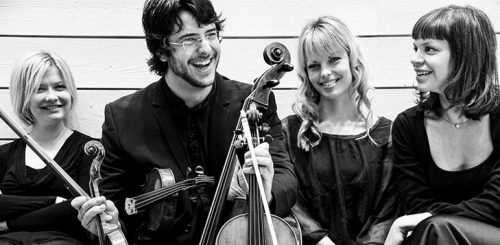
Chiaroscuro Quartet & Kristian Bezuidenhout
Madrid, December 11
The Chiaroscuro Quartet, with the violinist Alina Ibragimova at the head, is one of the most interesting chamber ensembles of the moment. If the violinist has delighted us on several occasions as a soloist (with the interpretation, for example, of Bach's Sonatas and Partitas)
showing surprising precision and a full and rich nuance in tones -the one that she extracts from her instrument , a Anselm Bellosio of 1775, courtesy of Georg von Opel- as leader of the ensemble she ratifies the boldness and the expressiveness that his pose, on the other hand modest, does not allow to predict. Or perhaps it does. As a matter of fact, the Chiaroscuro Quartet reaped an unquestionable success at the Auditori de Barcelona, playing Beethoven and a transcription of Mozart’s Piano Concerto no. 12 with the same soloist. We are talking of Kristian Bezuidenhout, an interpreter who has recorded an important number of discs with the record Harmonia Mundi, and that is characterized by the spontaneous delicacy of his readings, that tend to be based on epochal criteria. On the occasion, however, he will face one of the topically romantic composers, such as Robert Schumann, after the first of the Razumovsky and works by the most classic (or even Baroque) romantic composer, Felix Mendelssohn, author of pieces for piano that eloquently titled "Songs without words". Interesting may be the fact of witnessing that other search for musical expression by Bezuidenhout, oblivious to the gallant rhythms and the strictly classical balance. One piece, Schumann’s Quintet with piano, op. 44, which is full of passion in each of his movements, being the slow one particularly emotional (In modo d'una marcia. Un poco largamente) in which the German composer walks the wire of minimalism to create a melody that threatens to establish forever in the memory of the listener.
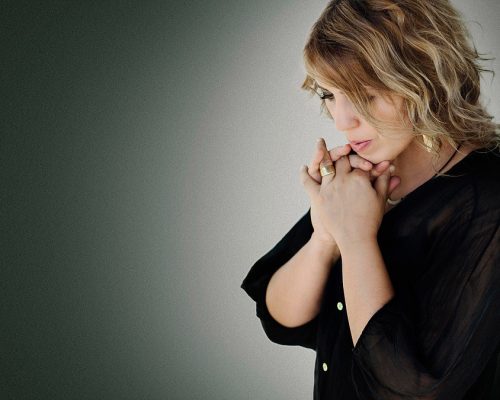
Gabriela Montero: BEETHOVENPREIS 2018
Bonn, December 4
Venezuelan pianist Gabriela Montero receives an award granted by the Beethoven Academy of Bonn -one of the most prestigious awards- which obviously recognizes her musical merits, but also her commitment to human rights.
With a recital undoubtedly exciting, the career of this fundamental pianist is celebrated, a pianist that has amazed audiences from all continents -including the Palau de la Música- for her interpretative quality and her sagacity as improviser. A truly unprecedented facet, which denotes tremendous creativity and which, according to her, has been practicing since childhood. Certainly, the inexhaustible ductility of her mind does not look like that of an ordinary adult. Wonderful, therefore, to be able to attend an event that celebrates her genuine way of doing and being.
< LAST MONTH NEXT MONTH >
EXHIBITIONS
EXHIBITIONS
01 / 12 / 18
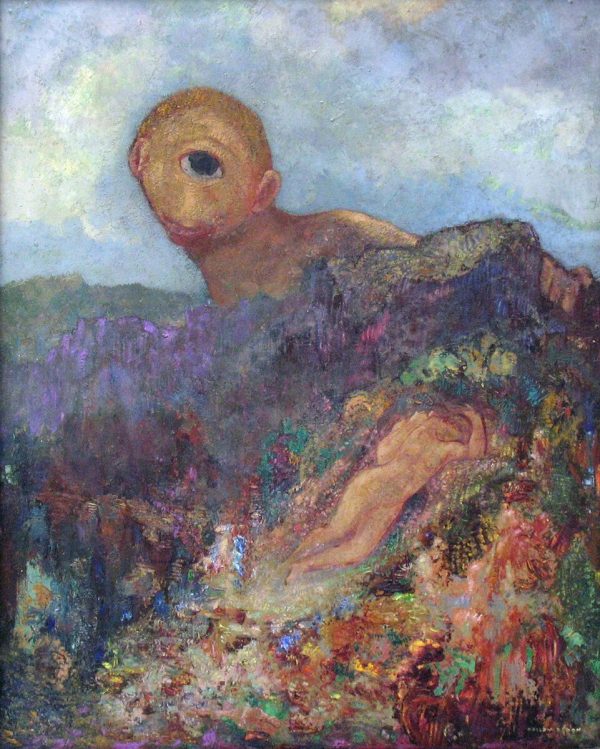
Odilon Redon. Into the Dream
Copenhague, until January 2019
The dreamlike character of many of Odilon's Redon paintings, which represent a deformed and familiar reality -but never fully known or perfectly identifiable- is emphasized in the exhibition offered by the Glyptotek in Copenhagen. Because of the subjects he chose and the use of a palette whose tonalities move away from naturalistic reproduction -as also the figurative representation itself- he has been understood as belonging to the symbolist movement. A work like The Cyclops, for example, evidently wants to narrate something more (or less) than the episode experienced by Odysseus. All in all, the more than 150 works that are compiled in this exhibition confirm the unclassifiable nature of this artist, a visionary creator, ahead of his time, who certainly deserves greater recognition.
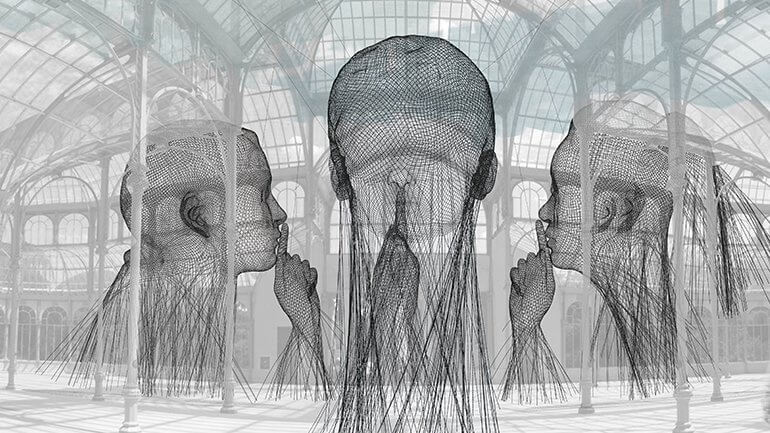
Jaume Plensa
Madrid, until March 3
Saying of Jaume Plensa that he is one of the most important sculptors of the last decades, does not represent, at this point, any audacity. He has received national and international awards that accredit his career, from the Médaille des Chevaliers des Arts et Lettres
awarded him in 1993 by the Ministry of Culture of France, to the Velázquez Prize for fine arts (the equivalent of Cervantes Award, for the world of art), in 2012. One should mention, also, the investiture as Doctor Honoris Causa by the prestigious School of the Art Institute of Chicago. Titles that reflect the vastness of the influence of this humanist ("literature, psychology, biology, language and history become strategic tools in the creation of his works", explain the organizers of the event) an influence, that of Plensa, induced by its way of creating forms in three dimensions, frequently located in public spaces. In front of the Palau de la Música Catalana, the monumental and fabulous sculpture Carmela can be contemplated, actually it will remain in that location until 2024. His peculiar way of erecting those shapes -that occupy, cut out and create new experiences of space- can be enjoyed in the Crystal Palace. An exhibition organized by the Museo Reina Sofía, which is described as follows: "the invisible forms the essence of his intervention in the Palacio de Cristal: a group of steel mesh sculptures which take the space to draw the incomplete faces of figures hanging in the air, intersected by light and suspended in time”
Corot: Women
Washington, until December 31
Camille Corot happens to be one of the masters of realism, recognized above all by the interest of reproducing nature in the open air, by capturing the nuances of light that Impressionism will exploit, applying movement to prints.
But in addition to that representation of the exterior Corot was a skilled portraitist. The art of portraiture is the art of interiority, which allows the personality to be seen or to show the psychology (real or not) of the person, communicated from their external features. The National Gallery of Washington offers an interesting exhibition with 45 paintings, created between the 30's and 70's of the 19th century, and organized in 3 large sections: dressed figures, nudes, and allegorical scenes of study. The visitor can appreciate the power of a brushstroke that creates volume, thanks to a conscious management of light and shadow, a procedure that will have a very clear influence on the work of Cézanne, but also of Braque and, therefore, Picasso.
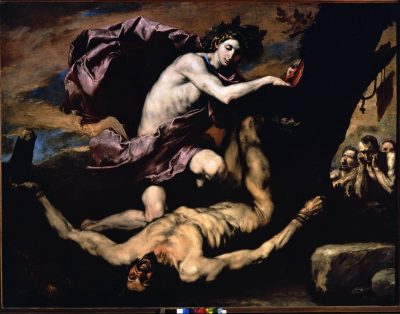
Ribera: Art of Violence
London, until January 27
Ribera: Art of Violence is a premeditatedly excessive title. In fact, the spectator of our days will neither find any trace of the ultra-violence that some cinematographic works deploy with more or less artistic aims
-sometimes in an openly gratuitous way- nor is it likely to awaken the curiosity that fuels the networks social when proposing contents near the limits of bad taste, and that not infrequently go viral. What will be found in that exhibition is an excellent sample of the unfiltered representation of the aggressiveness that certain passages of the works of the western tradition reflect, on the part of the painter who has been hailed as the heir of the unmatched Caravaggio. We find again an extreme tension in many of his paintings, of religious themes (“violent depictions of saints and sinners. Ribera has historically been labelled as sadistic in his depictions of human pain and suffering”) but avoiding the extreme of the rupture, that is, without awakening in the spectator that repulsion that would disconnect him from the history actually represented. As it is known, baroque arts do not save in means to bring expressivity to the paroxysm of meaning, even applying resources such as trompe l'oeil that affects vision, making people doubt what is actually being seen (as real / represented). Here what is shown is stark, in pictures as in The Martyrdom of San Bartolomé, through a brushstroke generous in colours, pregnant and with dynamism, reminiscent of other illustrious by its way of fixing and vivifying the scenes it represents. The Guardian wrote about this exhibition: "Proves once and for all that Jusepe [sic] de Ribera belongs in the same company as Caravaggio and Rembrandt". We could add Peter Paul Rubens, if we think about his Saturn devouring his son.
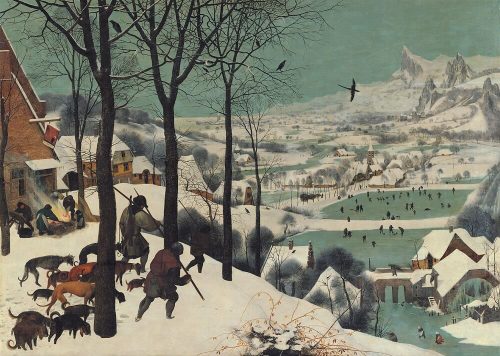
Bruegel
Vienna, until January 13
An event that has never taken place before, focused on the figure of Pieter Bruegel the Elder (c.1525-1569), is the exhibition organized until January 13 by the Kunsthistorische Museum of Vienna, where in fact some of his most famous canvases live.
To commemorate the 450th anniversary of the painter’s death, paintings and drawings have been brought from all corners of the world, reaching a number equivalent to half of the works attributed to him. A milestone, a "small miracle" -the organizers point out- because "many of the internationally borrowed works are so fragile that they hardly travel, and in fact some of the pieces that are shown in the exhibition had never left their places of residence". Together with Van Eyck, Rubens and H. Bosch, Bruegel happens to be one of the fundamental painters of the Flemish school, and some of his most memorable works, peasants in banquet, snowy landscapes or the tower of Babel show why: the degree of detail (and they are very many the details) with which he explains stories or reflects the complexity of the interaction between human beings continues to amaze. In fact, the fantastic website that promotes the event recalls something as basic as surprising in one of its links, specifically that which leads us to contemplate the painting Hunters in the snow: "it is almost impossible to identify and describe all the details". The lovers of cinema will remember that the illustrated cosmonauts of Solaris possess, in Tarkovski’s movie, a reproduction of that canvas, immeasurable image that the camera scrutinizes in disconcerting zooms while the organ music of J. S. Bach harmonizes the levitation of the protagonists.
< LAST MONTH NEXT MONTH >




